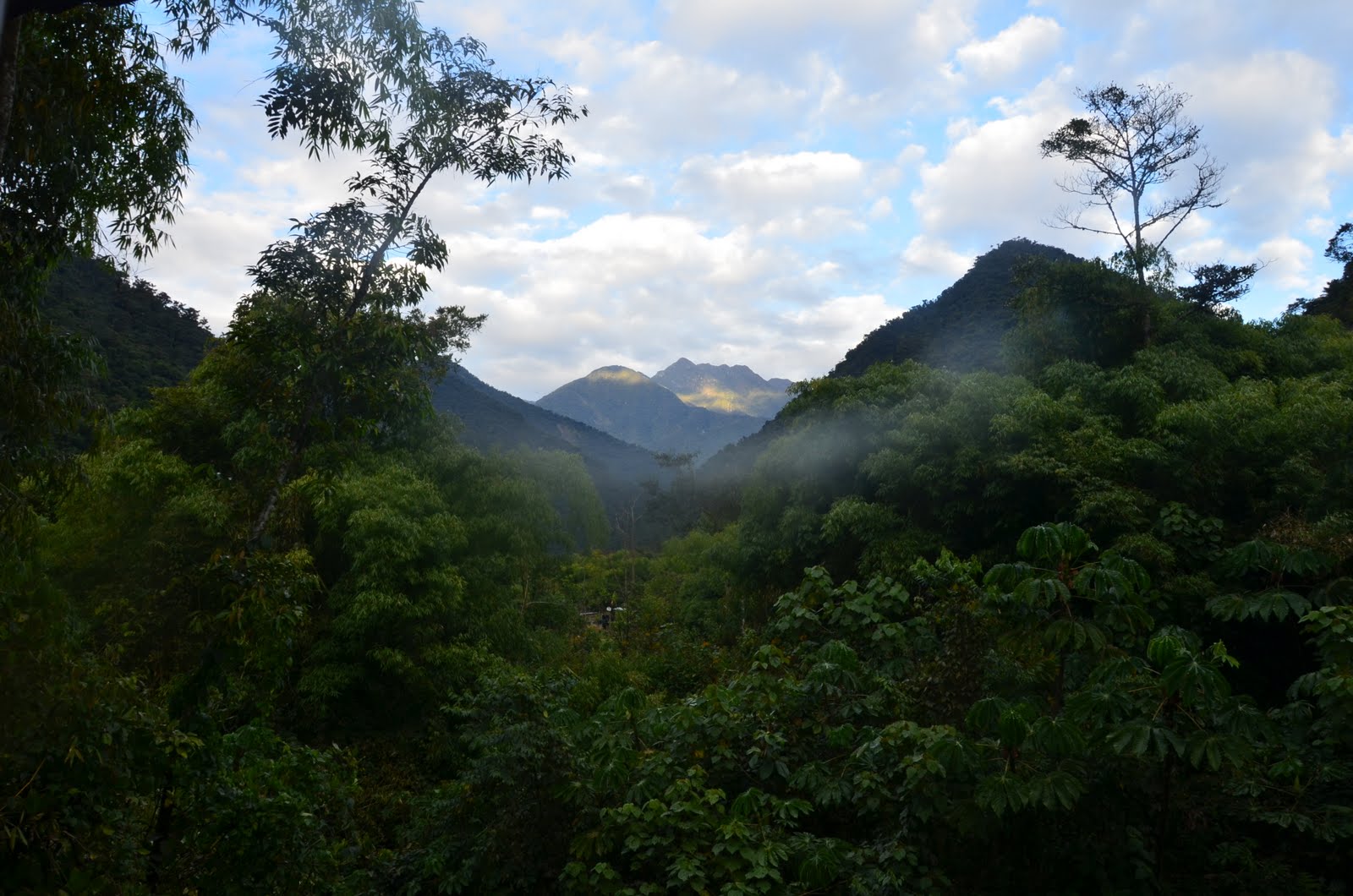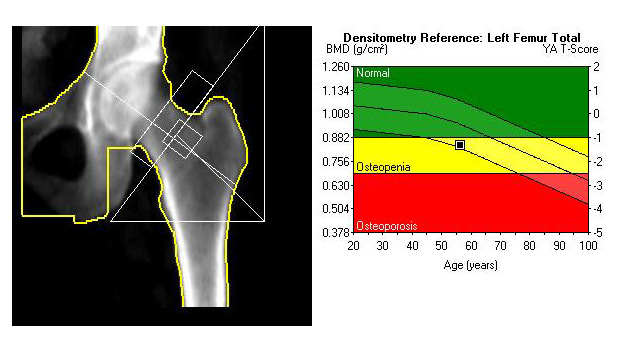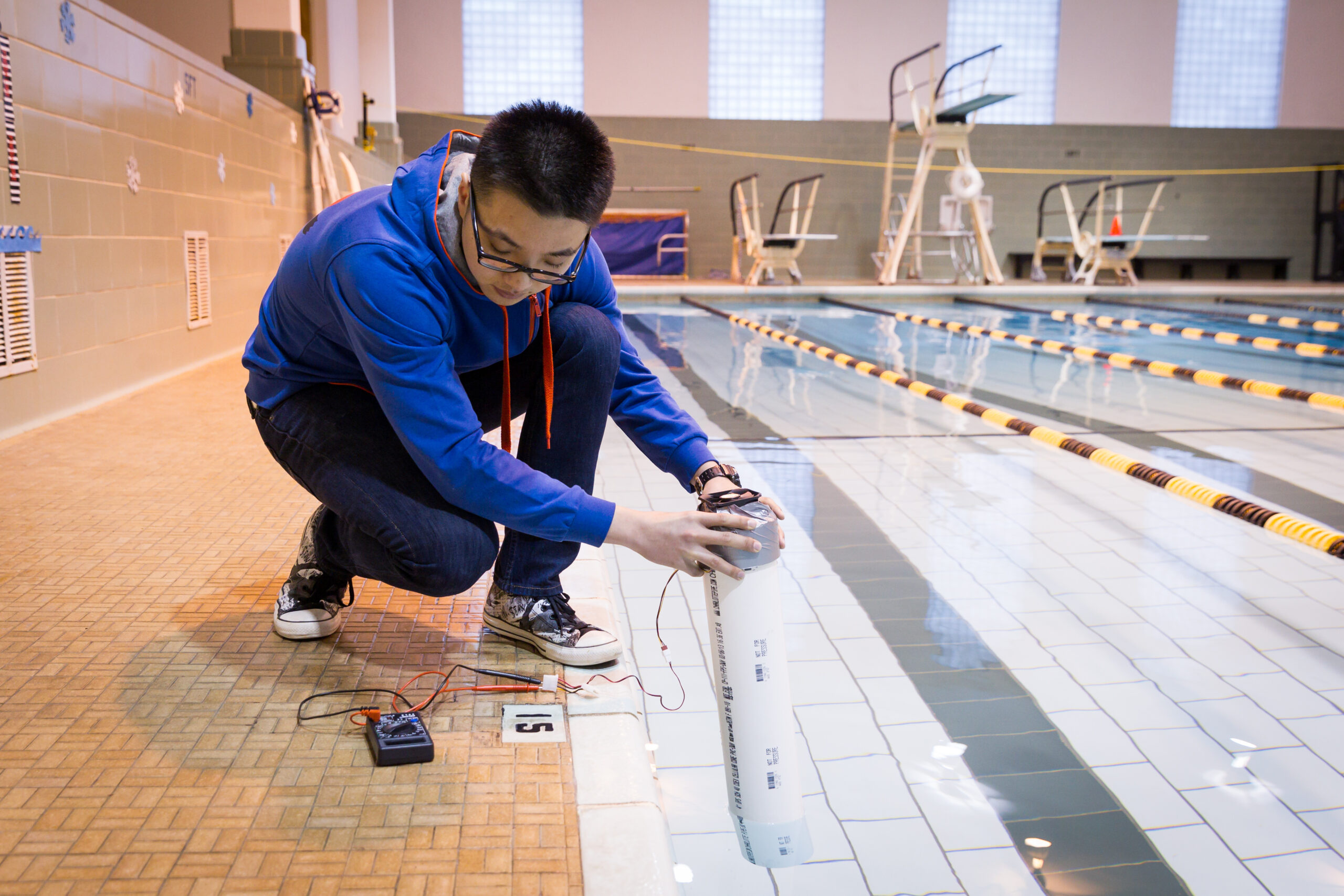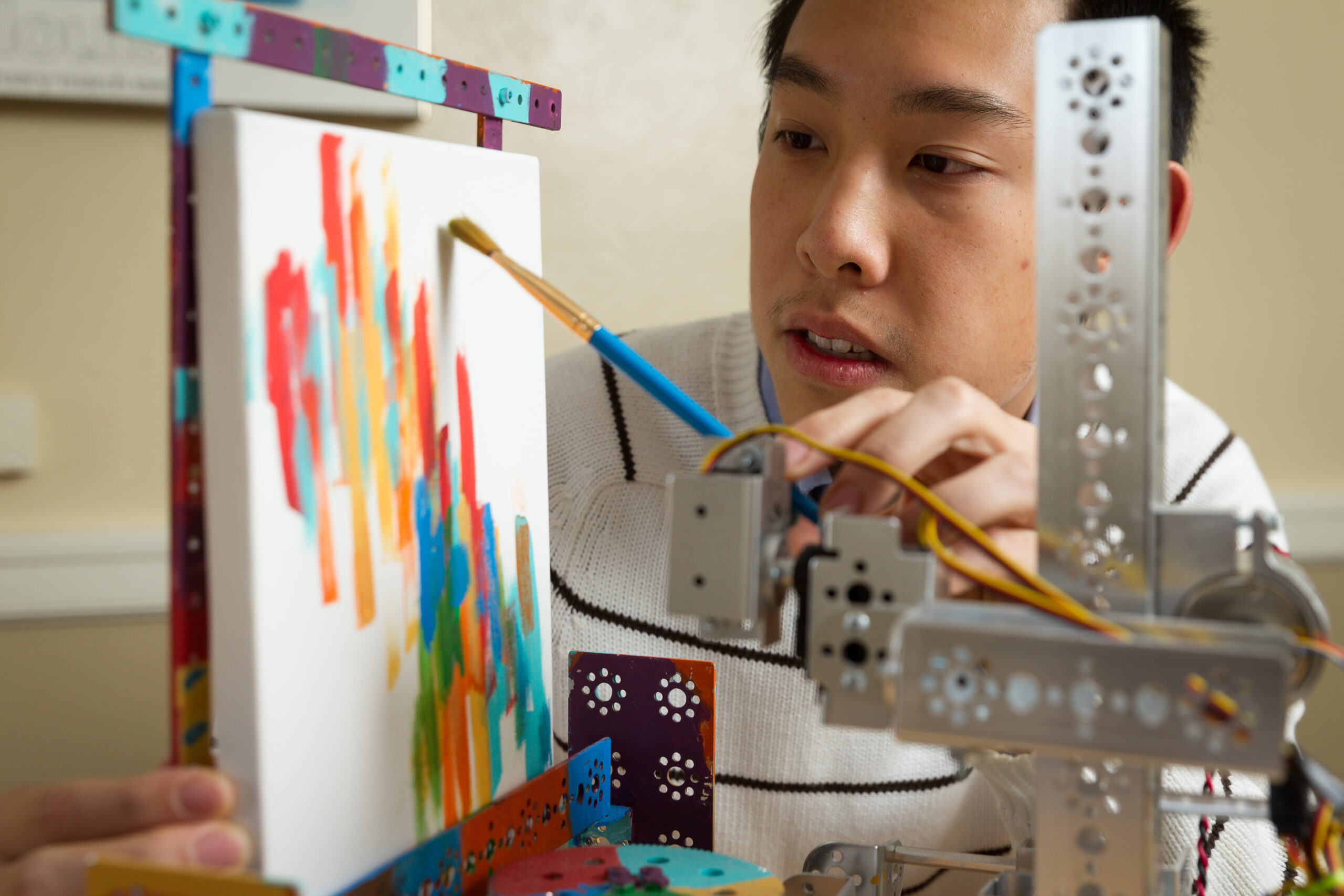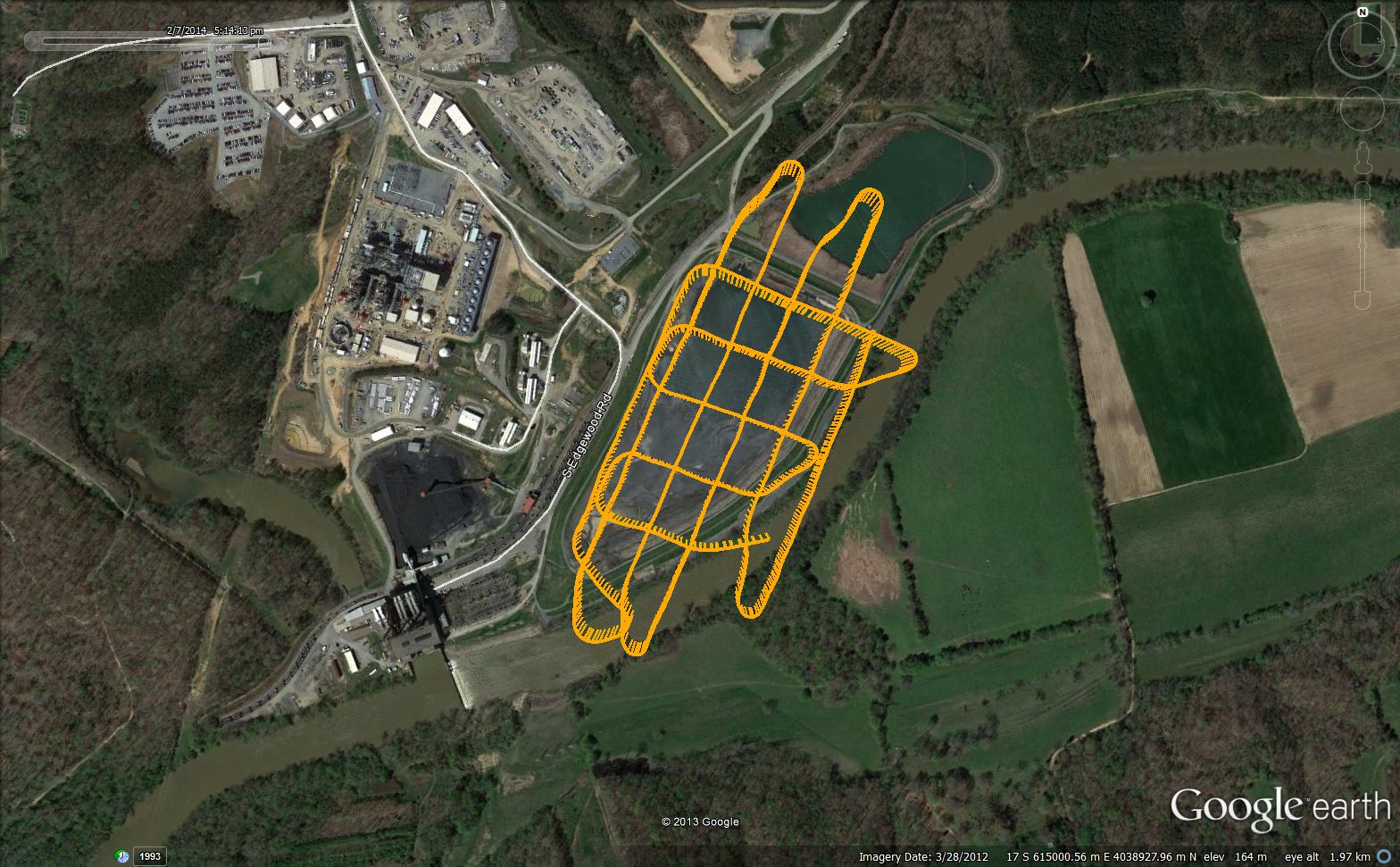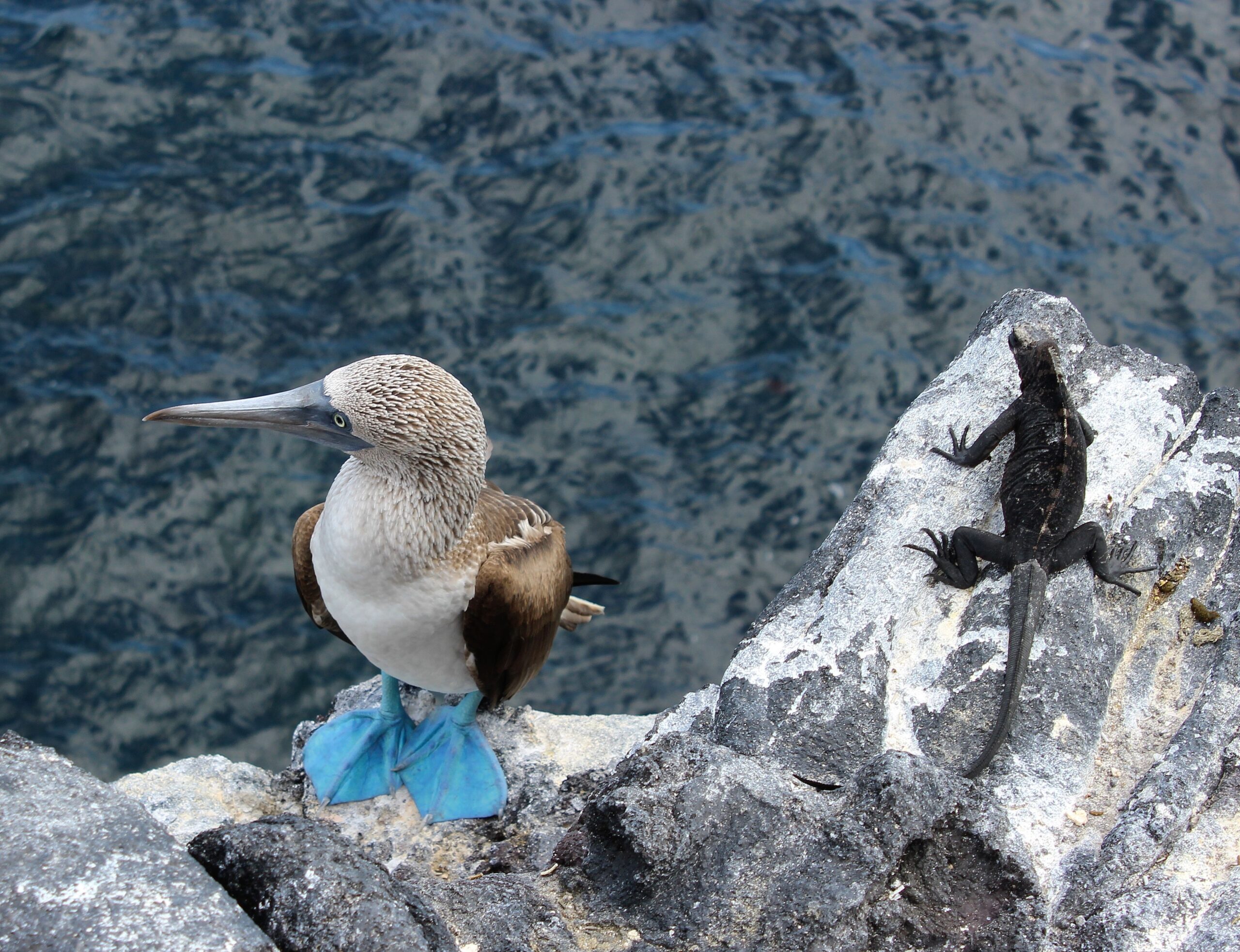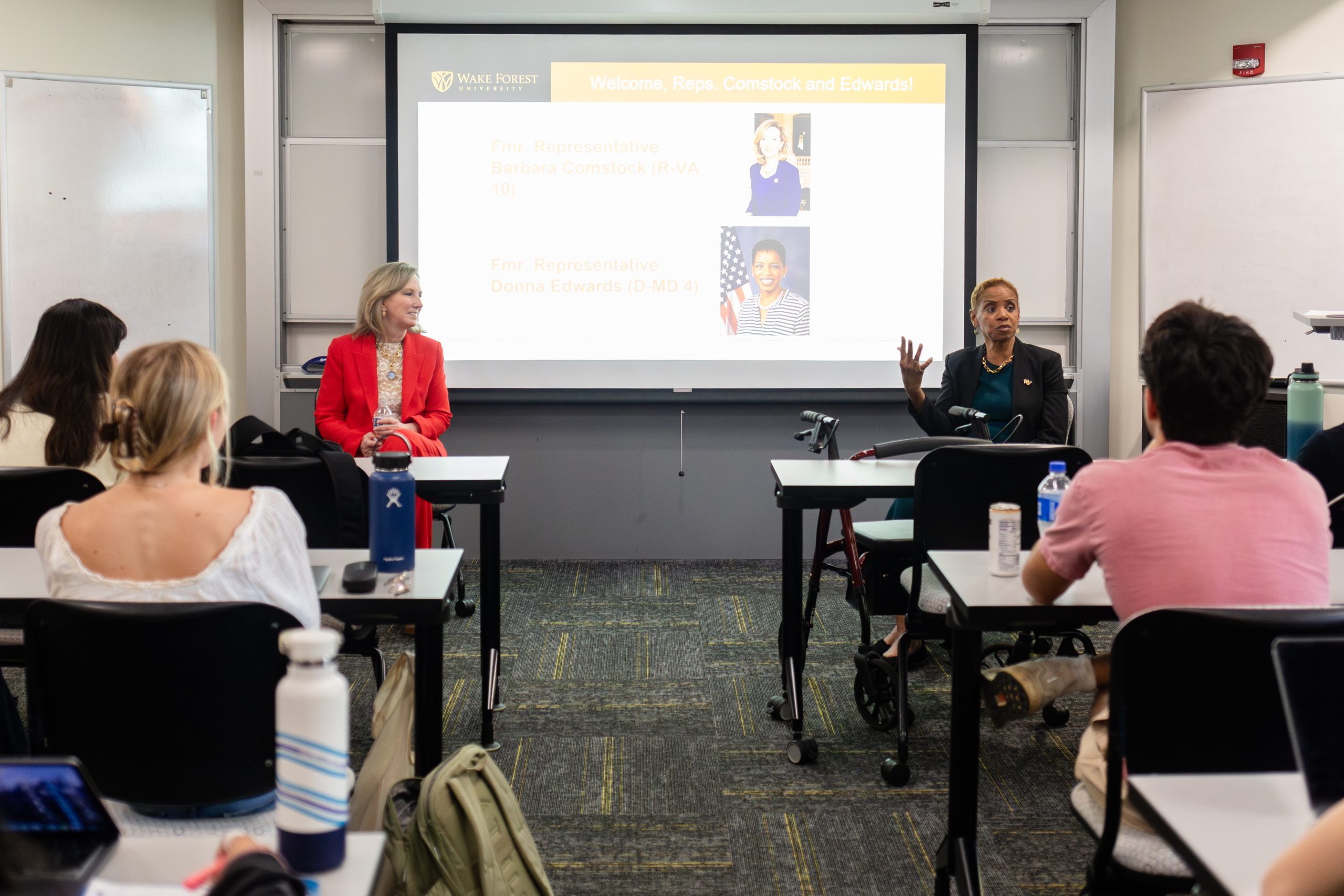Research at the Forest
From turning waves into electricity to developing new treatments for debilitating diseases, Wake Forest researchers raised the bar of scientific excellence yet again during the 2013-2014 academic year.
An unprecedented threat to Peru’s cloud forests
Researchers at Wake Forest have pieced together startling new evidence that shows rapid 21st century warming may spell doom for tree species in Peruvian cloud forests, with species losing 53 to 96 percent of their populations.
.
WFU knee research appears in leading medical journal
Intensive dieting and an hour of exercise three times a week can lead to significantly less knee pain and improved function after 18 months for individuals suffering from debilitating and painful knee osteoarthritis, according to research by professor Stephen Messier and his WFU colleagues.
.
Building stronger bones one runner at a time
A first-of-a-kind study by Wake Forest researchers will address why long distance runners, particularly women, are more likely than athletes in other sports to develop osteoporosis later in life.
.
From waste to energy
Wake Forest researchers recently developed a sugar-based compound that makes it cheaper and easier to turn low-quality fats and oils into affordable biodiesel.
.
Empowering the voiceless
A new kind of hands-free communication device developed by Wake Forest researchers could help people with speech impediments and poor motor control interact with the world around them.
.
From one forest to another
A flying, insect-like robot built and tested by biology graduate student Max Messinger and a team of WFU researchers will give an unprecedented look at Peru’s tropical cloud forest, one of the world’s most biodiverse ecosystems and a key indicator of global climate change.
.
Pool Power
Sophomore Yinger ‘Eagle’ Jin has come up with a way to turn waves in the Reynolds gym pool into electricity. The mathematical formulas he developed could one day be used to help calculate the amount of electricity that could be produced through wave energy off the North Carolina coast.
.
Painting robot lends surgeons a hand
Would you let an artist perform life-saving surgery on you? You might someday, if the artist is a painting robot. Timothy Lee (’16) built a robotic painting arm that could one day lend doctors a hand in practicing complex, robot-assisted surgeries without having to step foot in an operating room.
.
The birds and the bees of proteins
The birth of a protein is one of the most fundamental aspects of life as we know it, yet, surprisingly, there is still a lot that scientists do not know about them. A split-second snapshot of the mysterious process developed by Wake Forest researchers could someday lead to more effective antibiotics.
.
A programmer’s approach to problem solving
An iPhone app developed by a team of Wake Forest freshmen could one day enable patrons at campus restaurants to vote for what songs play over the speakers.
.
3D model measures coal ash spill
With a 3D model created using aerial images from an unmanned aircraft, Wake Forest researchers have received widespread national media attention by providing a new look at the extent of coal ash contaminants recently leaked into a North Carolina river.
.
Blue-footed boobies survival threatened
Blue-footed boobies are on the decline in the Galápagos. A new study shows a low-sardine diet could be the reason behind the 50 percent drop in population.
Categories: Environment & Sustainability, Experiential Learning, Mentorship, Research & Discovery
Media Contact
Wake Forest News
media@wfu.edu
336.758.5237

